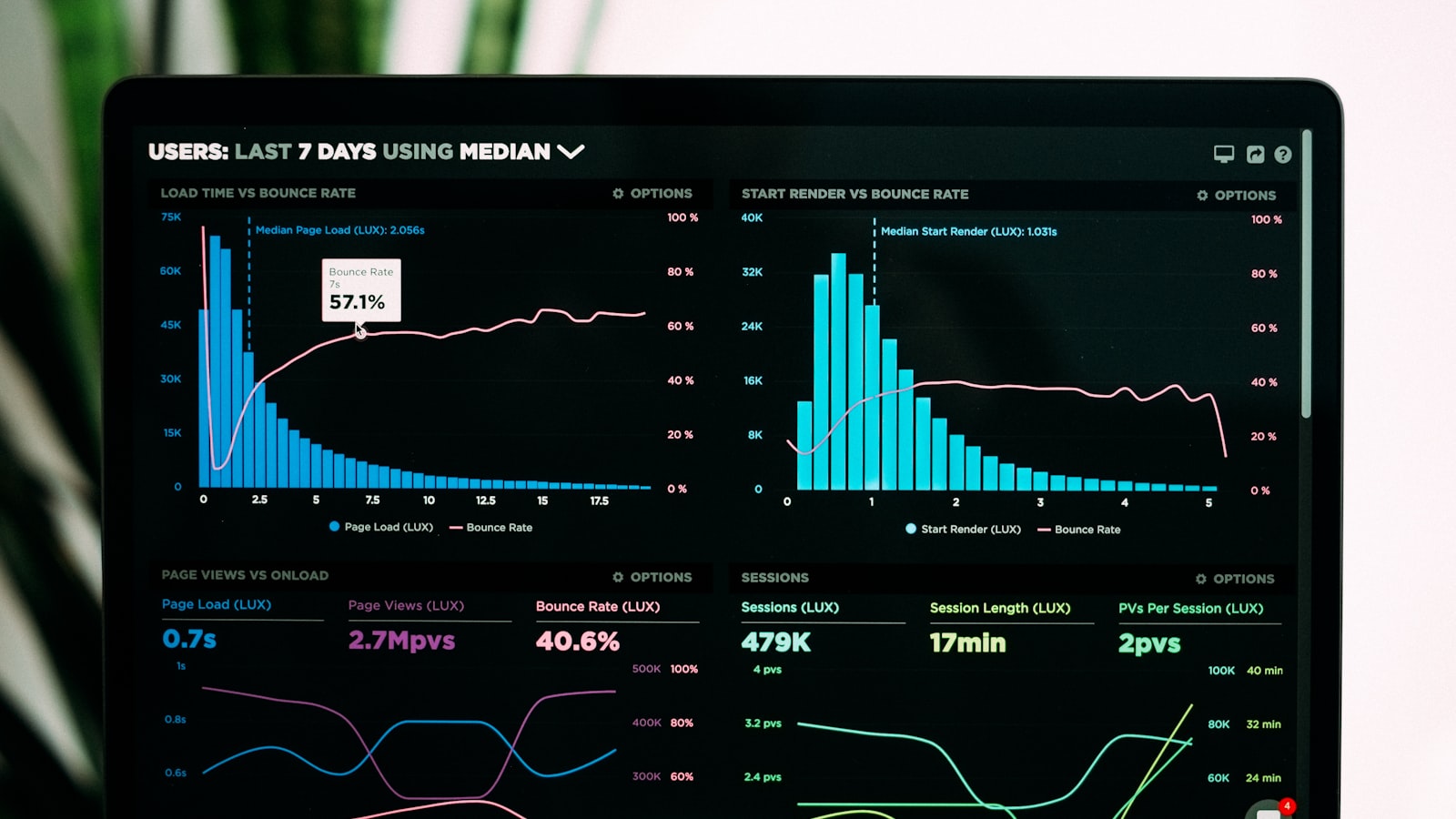Building a Modern SaaS Platform: Key Technical Decisions and Architecture

- Published on
- /4 mins read/---
When building a modern SaaS platform, making the right technical decisions is crucial for long-term success. This article shares our experience in building an AI-Enhanced Interview Practice Platform, focusing on key technical decisions, architecture considerations, and implementation strategies.
Key Technical Decisions
1. Storage Solutions
Database Selection: MongoDB
We chose MongoDB for our primary database for several reasons:
- Flexible document model suitable for unstructured interview records
- Easy to scale and query
- Excellent TypeScript support
- Wide adoption in tech companies
Here's our basic data model:
// User collection type
interface User {
_id: ObjectId;
firebaseUID: string;
profile: {
name: string;
email: string;
createdAt: Date;
};
settings: {
language: string;
notifications: boolean;
};
}
// Interview record type
interface InterviewRecord {
_id: ObjectId;
userId: ObjectId;
type: 'ai' | 'peer';
startTime: Date;
endTime: Date;
transcript: {
text: string;
timestamp: Date;
speaker: string;
}[];
feedback: {
points: string[];
score: number;
suggestions: string[];
};
}Media Storage: Google Cloud Storage
For media storage, we opted for Google Cloud Storage:
- Seamless integration with other Google services
- Support for streaming upload/download
- Lifecycle management capabilities
- Fine-grained access control
2. Authentication System
We implemented authentication using Firebase Authentication:
- Generous free tier suitable for personal projects
- Quick implementation
- Comprehensive authentication features
- Allows focus on core business logic
Integration with MongoDB:
// User service
class UserService {
async createUser(firebaseUser: FirebaseUser) {
const user: User = {
firebaseUID: firebaseUser.uid,
profile: {
name: firebaseUser.displayName || '',
email: firebaseUser.email || '',
createdAt: new Date()
},
settings: {
language: 'en',
notifications: true
}
};
return await this.userModel.create(user);
}
async findByFirebaseUID(firebaseUID: string) {
return await this.userModel.findOne({ firebaseUID });
}
}3. Real-time Communication
Our real-time communication stack consists of three main technologies:
- WebRTC for video conferencing:
class VideoService {
async initializePeerConnection() {
const configuration: RTCConfiguration = {
iceServers: [
{ urls: 'stun:stun.l.google.com:19302' },
{
urls: 'turn:your-turn-server.com',
username: process.env.TURN_USERNAME,
credential: process.env.TURN_CREDENTIAL
}
]
};
const peerConnection = new RTCPeerConnection(configuration);
return peerConnection;
}
async startVideoStream() {
const stream = await navigator.mediaDevices.getUserMedia({
video: true,
audio: true
});
return stream;
}
}- WebSocket for real-time data:
// Server-side WebSocket handler
class WebSocketHandler {
@SubscribeMessage('transcript')
handleTranscript(client: Socket, payload: TranscriptData) {
// Process real-time transcript
this.transcriptService.process(payload);
// Broadcast to relevant clients
this.server.to(payload.roomId).emit('transcript', {
text: payload.text,
timestamp: new Date(),
speaker: payload.speaker
});
}
}- Socket.IO for bidirectional communication:
// Client-side Socket.IO setup
class SocketService {
private socket: Socket;
constructor() {
this.socket = io(process.env.SOCKET_SERVER_URL, {
auth: {
token: this.authService.getToken()
},
transports: ['websocket']
});
this.setupListeners();
}
private setupListeners() {
this.socket.on('connect', () => {
console.log('Connected to socket server');
});
this.socket.on('transcript', (data: TranscriptData) => {
this.transcriptStore.update(data);
});
}
}4. Deployment Strategy
We chose Google Cloud Platform (GCP) for deployment:
- Integration with other Google services (Firebase Auth, Speech-to-Text)
- Complete cloud service ecosystem
- Professional-grade infrastructure
Our deployment architecture:
[Load Balancer]
|
+----------------+-----------------+
| | |
[Web Server] [API Server] [Socket Server]
| | |
+----------------+-----------------+
|
[MongoDB Atlas]
|
[Google Cloud Storage]Implementation Roadmap
Phase 1: Foundation (2 weeks)
Project initialization
- Frontend (React + TypeScript + Vite)
- Backend (NestJS)
- AI Service (Python FastAPI)
- Docker development environment
Data storage setup
- MongoDB Atlas configuration
- Basic data models
- CRUD APIs
- Data validation
Phase 2: Core Features (3 weeks)
- Voice services integration
- Real-time communication
- Interview assistance features
- AI functionality
- Video system implementation
Phase 3: Deployment & Optimization (2 weeks)
- CI/CD configuration
- Cloud platform deployment
- Load balancing setup
- Monitoring system
Development Tips
Technical Preparation
- Study WebRTC fundamentals
- Familiarize with Google Cloud services
- Understand microservices patterns
Development Approach
- Build MVP first
- Add features incrementally
- Regular code reviews
- Keep documentation updated
Testing Strategy
- Unit tests coverage
- Integration testing
- End-to-end testing
- Performance testing
Conclusion
Building a modern SaaS platform requires careful consideration of various technical aspects. Our choices in storage solutions, authentication systems, real-time communication, and deployment strategies were driven by both technical requirements and business needs.
The combination of MongoDB, Firebase Authentication, and Google Cloud Platform provides a solid foundation for building scalable applications. The integration of WebRTC and WebSocket enables real-time features that enhance user experience.
Remember that technical decisions should align with your project's specific needs and constraints. Regular evaluation and adjustment of these choices ensure the platform's continued success and growth.
References
- Key Technical Decisions
- 1. Storage Solutions
- Database Selection: MongoDB
- Media Storage: Google Cloud Storage
- 2. Authentication System
- 3. Real-time Communication
- 4. Deployment Strategy
- Implementation Roadmap
- Phase 1: Foundation (2 weeks)
- Phase 2: Core Features (3 weeks)
- Phase 3: Deployment & Optimization (2 weeks)
- Development Tips
- Conclusion
- References
